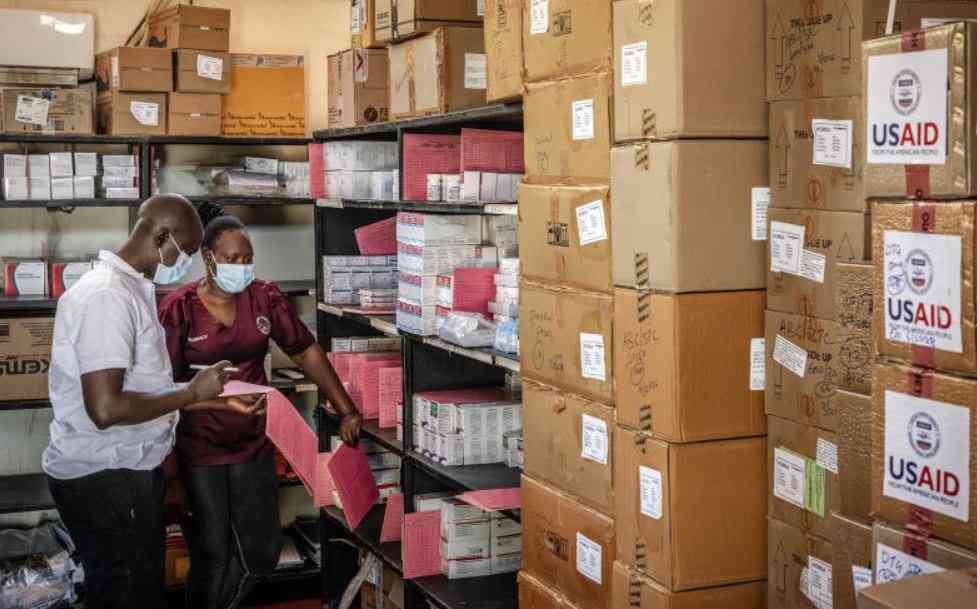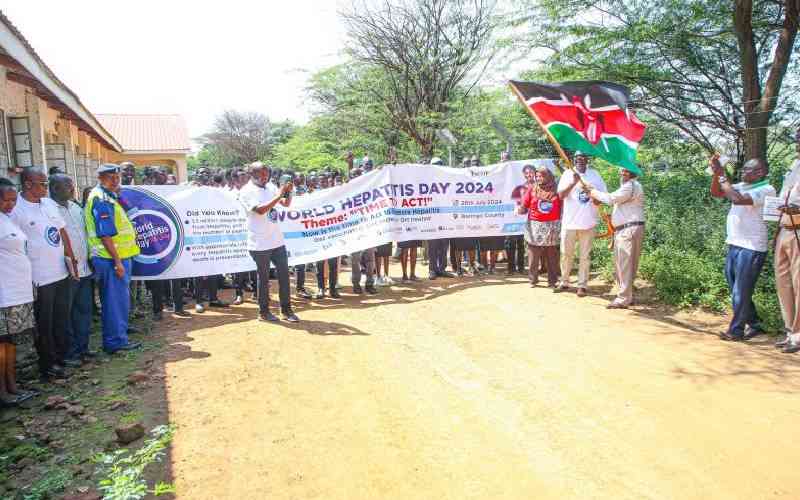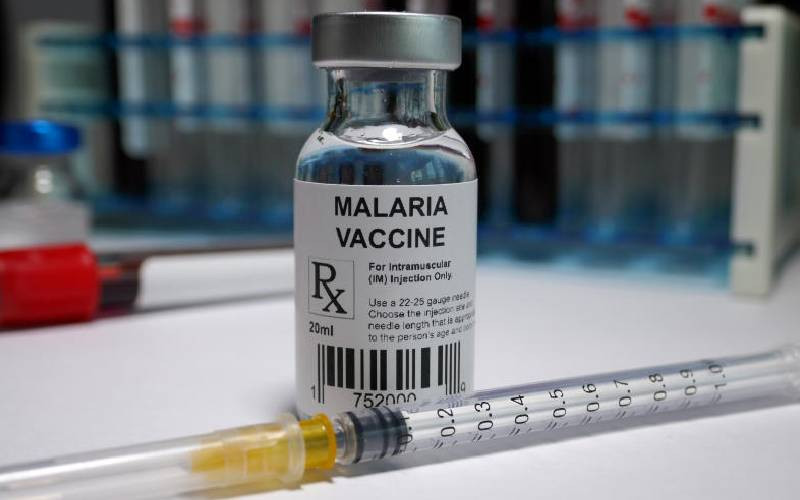
A recent study has identified the leading causes of the rising child mortality rate in Kenya, revealing that three-quarters of these deaths occur before a child’s first birthday.
Diseases, such as diarrhoea, pneumonia, neonatal complications, malaria, pre-term birth complications, birth asphyxia, congenital anomalies, and tuberculosis, among other childhood illnesses, continue to be the primary causes of death in children under the age of five.
“Children living in northern counties and urban informal settlements in Kenya are significantly more likely to die from preventable diseases than those in other regions,” says Florence Machio of Data2X, a US-based organisation that works to bridge gender data gaps.
According to Machio, the high rate of child mortality is partially linked to the nature of women’s work.
Women involved in unpaid or unproductive activities, such as fetching water and firewood, farming, guarding crops from animals, cooking, cleaning, and babysitting, often work long hours without financial compensation. As a result, they have limited time to monitor the health and well-being of their children.
Data reveals that child mortality is significantly higher among children whose mothers are engaged in non-productive tasks—94 deaths per 1,000 children, compared to 37 deaths per 1,000 among children whose mothers participate in economically productive activities that contribute to Gross Domestic Product (GDP).
- Epidemic in slow motion: Experts sound alarm over rise in NCDs deaths
- You love chips-kuku? Well, the government is coming for you
- One nurse for 25 babies: Newborn deaths uncover nurse shortage
- Majority of Kenyans suffering from undetected diseases, experts warn
Keep Reading
Furthermore, stunted growth is reported to affect one-third of children whose mothers perform unpaid jobs. Malnutrition is especially prevalent among this group, according to data presented at a recent workshop.
Medical experts have also highlighted a troubling rise in child deaths caused by preventable non-communicable diseases, attributing the trend to a lack of adequate government intervention and preventive measures. According to nationwide data collected by Data2X, these diseases now contribute significantly to child mortality rates across Kenya. The data shows that heart diseases account for 21 per cent of these deaths, while cancer contributes 39 per cent. Chronic lower respiratory infections are responsible for 33 per cent, and cerebrovascular diseases, including stroke, make up 31 per cent of the total non-communicable disease-related child deaths.
Speaking at a workshop in Nairobi, Habe Katoon, also of Data2X, emphasised that most childhood deaths in developing countries are preventable through proper treatment and immunisation.
She stressed that data-driven approaches are critical for guiding interventions, as demonstrated by the organisation’s work in South Africa, where data on HIV/AIDS is used to accurately assess prevalence and inform policy.
Children and adolescents aged one to 19 years, who make up about a quarter of Kenya’s population, are reported to be relatively healthy, accounting for only two per cent of deaths from various medical conditions. The epidemiological data on child mortality and women’s health was gathered from Data2X in collaboration with the Centers for Disease Control and Prevention (CDC).
Machio called for legislation to ensure equal employment opportunities for both men and women. “Empowering women economically, reducing their dependence on men, and giving them access to productive work will help reduce child mortality,” she said.
She also highlighted that women often work longer hours than men, and much of this labour is unpaid and unrecognised, negatively impacting both their health and that of their children.
Dr Ochieng’ said immunisation remains the most cost-effective method to reduce child deaths.
“Vaccination saves up to 40 million children globally each year. In contrast, lack of immunisation results in around 14 million child deaths annually,” he explained.
Dr Ochieng’ emphasised that vaccination is crucial in protecting children against preventable diseases and ensuring they survive and thrive.
These insights were shared during a two-day roundtable workshop aimed at building the capacity of journalists across Africa to better report on gender disparities, support evidence-based journalism, and promote accountability in public policy and development.
 The Standard Group Plc is a multi-media organization with investments in media
platforms spanning newspaper print
operations, television, radio broadcasting, digital and online services. The
Standard Group is recognized as a
leading multi-media house in Kenya with a key influence in matters of national
and international interest.
The Standard Group Plc is a multi-media organization with investments in media
platforms spanning newspaper print
operations, television, radio broadcasting, digital and online services. The
Standard Group is recognized as a
leading multi-media house in Kenya with a key influence in matters of national
and international interest.











